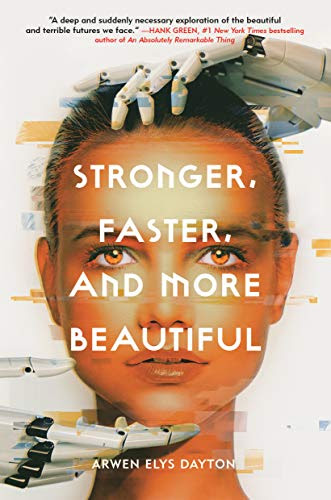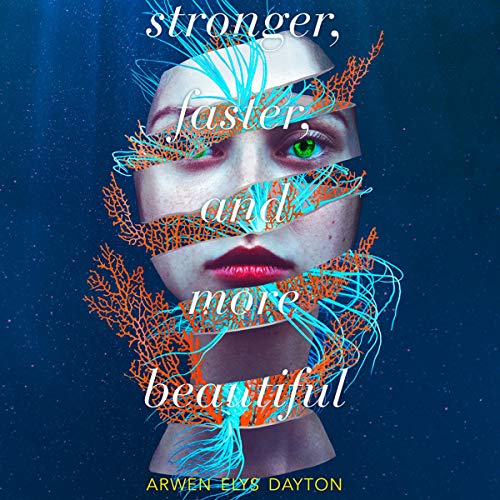
Station Eleven is about the Georgia virus, one that is even more disrupting than COVID-19. In this prescient novel, Mandel writes about a virus that ends civilization, eliminating people quickly and with them the knowledge of technology. After it hits, there’s no electricity, phone, internet, cars, law enforcement, hospitals, or government. Bands of survivors that set up settlements in abandoned restaurant, hotels, and airports.
The principal characters are all connected in some way to a King Lear production that took place shortly before the collapse in Toronto. An aging actor, Arthur, dies on stage; the actor’s childhood friend, Clark, and a child actress in the production, Kirsten, survive.
While this is a grim scenario, Mandel cleverly knits the factions together. Jeevan, for instance, is an aspiring paramedic that rises out of the audience to try to rescue Arthur. His story interconnects with Kirsten’s and the roaming Symphony that band together for art’s sake after the collapse.
Kirsten believes that “survival is insufficient.” In addition to survival, there must be beauty and art; thus, she continues to perform Shakespeare with the Symphony in spite of the hazards. The Symphony sometimes wander through dangerous territory and encounter sinister people such as the mysterious Prophet.
The Symphony are all armed and trained, even if they aspire to preserve beauty. Kirsten is an expert knife-thrower who can defend herself in necessary. The Prophet, in contrast, is an armed aggressor who takes what he wants, including children, as his wives. He kills without regard and proclaims himself the “Light.””
The Prophet is also connected, Clark soon learns, to his old friend Arthur. Miranda is linked to Arthur and it is her graphic novel, Station Eleven, that provides a clue to the Prophet’s origins. Everything is wonderfully knotted together, its up to the reader to unravel the connections.



